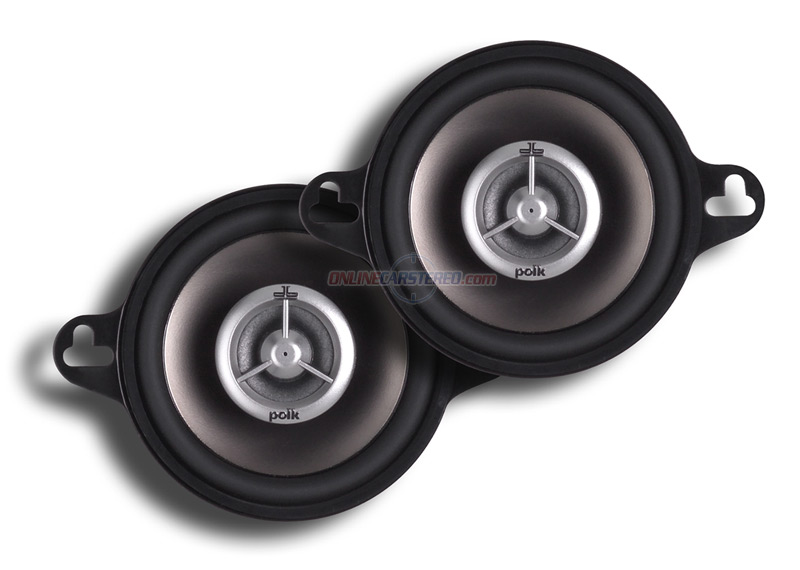
- Polk audio audio bar speaker terminals manual#
- Polk audio audio bar speaker terminals Bluetooth#
- Polk audio audio bar speaker terminals series#
- Polk audio audio bar speaker terminals tv#
I tested the speaker/subwoofer combo in my home theater space, where I have a dedicated 7.2.6 Dolby Atmos and DTS:X immersive audio setup. The Polk Signa S1 was a piece of cake to set up. To be fair, perhaps I was more attuned to these issues after using the Vizio SB3651-E6 Smart Cast soundbar’s exceptional IR remote. Even when I was on-center, there were a few times I had to press the remote a second time for a command to stick. I had difficulty getting remote commands to work once I started to get past about 20- to 30 degrees off center. The Signa S1 comes with the basic accessories you need to set things up. The only feedback you get is via the soundbar’s single front LED. There’s no way to tell the actual volume of either, however, and there isn’t an easy way to reset the bass volume to its default. There are independent toggle-inspired buttons for volume and adjusting the bass volume. It is logically laid out with tactile buttons of different shapes and sizes so you can navigate it without looking. The Signa S1’s remote fits nicely in your hand. Most soundbars at this price point come with a cheap, thin, credit-card style remotes. While it’s easy to play armchair product designer, the fact remains that this is a very reasonably priced soundbar and it can be unfair to expect lots of bells and whistles. I found myself dismissing the front LED lights altogether and instead trusted my ears to tell me what was going on. Even in a fully darkened room, the purple LED was difficult to see because it’s dimmer than the white LED and only blinks on for a fraction of a second before turning off again. The purple light, for example, is far too dim to be seen easily in daylight conditions.

These indicators aren’t as good as they could be. There are four LED lights on the front of the soundbar indicating different functions. A single green light means the soundbar is receiving an audio signal encoded with Dolby Digital, and a single purple light let’s you know one of the soundbar’s four audio modes is active (movie, music, night effect, or voice adjust). Two white lights indicate the input is set to the auxiliary analog input. A single white LED glows to let you know the soundbar is set to its optical connection.
Polk audio audio bar speaker terminals series#
Speaking of the Polk’s LEDs, the series of four lets you know what’s happening.
Polk audio audio bar speaker terminals Bluetooth#
Activating a Bluetooth connection with the Polk Signa S1 soundbar displays a solid blue LED light on the front of the cabinet. Most soundbars at this price point come with Bluetooth streaming only. The Signa S1 has a digital Toslink optical input and a 3.5mm analog AUX input.
Polk audio audio bar speaker terminals tv#
Therefore, you’ll need to connect all your audio sources to your TV and then use your TV’s input button to switch between them. There’s no HDMI port with audio return channel (ARC) or other HDMI inputs on the soundbar.
Polk audio audio bar speaker terminals manual#
Double-check your TV’s user manual or you might get sound from both the soundbar and the TV’s internal speakers. In this configuration, be sure that your TV is set for external audio or the internal speakers speakers are turned off.

You run either a Toslink optical cable (included) from your TV to the soundbar or an analog 3.5mm-to-RCA stereo cable (not included).

Because we mean it when we say great sound shouldn’t be a privilege of the few, it should be accessible and available for all.Setting up the Signa S1 is simple and straightforward. To this day, design, acoustics, engineering (and ingenious, intuitive human magic) all happen under one expansive roof under the guise of democratizing sound. It’s that intuition-the most magical human ingredient-that bestows Polk products their sonic personality and pride of place in your home. It requires inventive spirit, hard-earned experience, and intuition. That day, a speaker company was born with a clear vision for quality and a powerful mission for value.Įach and every day since then, all Polk products are the result of tight-knit collaboration, teamwork, and our collective passion to make great sound available to as many people as humanly possible.Ī mission like that requires more than engineering expertise. The real question is, why anything else? We’ve always made the best speakers at the best price - that’s it.īut for storytelling’s sake, let’s back it up to 1972 where a group of friends, talented engineers, and music lovers got together with the skillset, the ambition to make the best speakers they could afford, and the attitude to change the establishment.


 0 kommentar(er)
0 kommentar(er)
